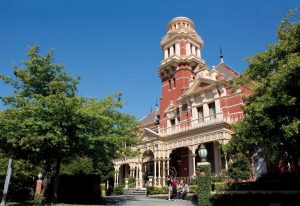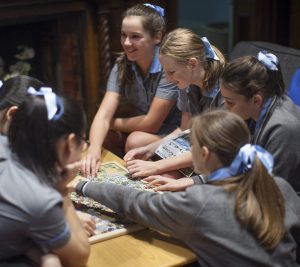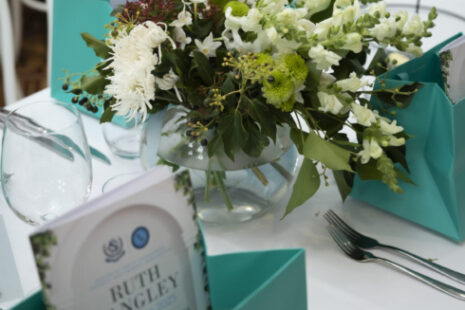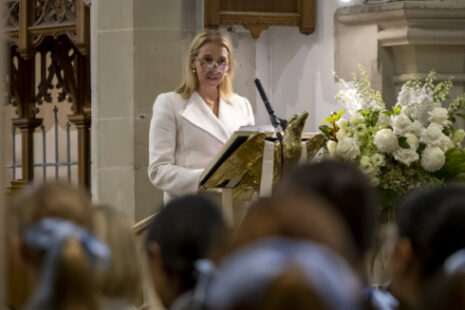Historic mansion helps kids ‘feel home’
Many inter-cultural and interage friendships form among boarders, writes Erin Munro.
Boarding schools have come a long way since the days of Enid Blyton’s Malory Towers and St. Clare’s. In 2018, having a home-like atmosphere that supports students’ emotional and academic wellbeing is at the core of the boarding experience, say experts.
Richard Stokes is the executive director of the Australian Boarding Schools Association, and has worked in and with boarding schools for 30 years. In those three decades, he’s seen a lot of change.
“The whole concept about how they look after the individual has been the biggest change,” he notes. “We also give kids space to be by themselves now, which we didn’t used to.”
Today’s boarding houses are better staffed, and staff are well trained, says Stokes, who works regularly with schools to provide reviews and training on student wellbeing
and safety where needed. “They’re friendlier, and in a big picture sense, they care more for their students.”
At St Catherine’s School in Toorak, students board in Illawarra, a National Trust listed mansion. Sue Collister, head of boarding, says that the building’s originally having been a family residence goes a long way to helping students feel at home.
“The major difference in boarding today is that we try to create an environment that’s as close as possible to a home environment,” she says. “We talk about returning home after school, and create an atmosphere that encourages girls to participate in activities that they would do at home.”
St Catherine’s boarders are allowed to have friends to visit and stay on weekends, and urged to explore the city. Mrs Collister says half the school’s boarders are from regional Australia and the others are students from Malaysia and Hong Kong.
“Because of our smaller size, we often have girls in different year levels who make friends for life,” she says. “There are lots of inter-cultural friendships and also inter-age friendships.”

Regional students make up the largest proportion of boarders, accounting for 65 per cent of boarders, says Stokes, but international students also make up a significant number. “They come over because they like the Australian education system, and they like our tertiary education options too,” he says. “On top of that, the Australian government has done a really good job of providing
for Indigenous kids to come to our boarding schools. That’s the third big group.”
A select number of students who already live in the city also board, either for the experience or to be in closer proximity to their school and co-curricular activities. “We’re seeing an increasing number of city kids boarding, which I think is great,” Stokes says. He believes boarding allows students to develop deeper connections with their peers.
“If you ask any boarder, the thing that they probably say they like the most is that they’re living with their friends, and if you ask any person that boarded 30 or 40 years ago, they’d say that they’ve still got those same friends today.”
For children and parents considering boarding, Stokes says it’s crucial to shop around, visit open days and talk to staff to find the best fit. “They need to go and see the school, look at the facilities and talk to the people who are going to look after them,” he says, adding that a student shouldn’t necessarily attend a school because a sibling already goes there. “It’s really important for parents to understand that it’s not one size fits all. Some boarding schools are great for some kids, and others for other kids.”






